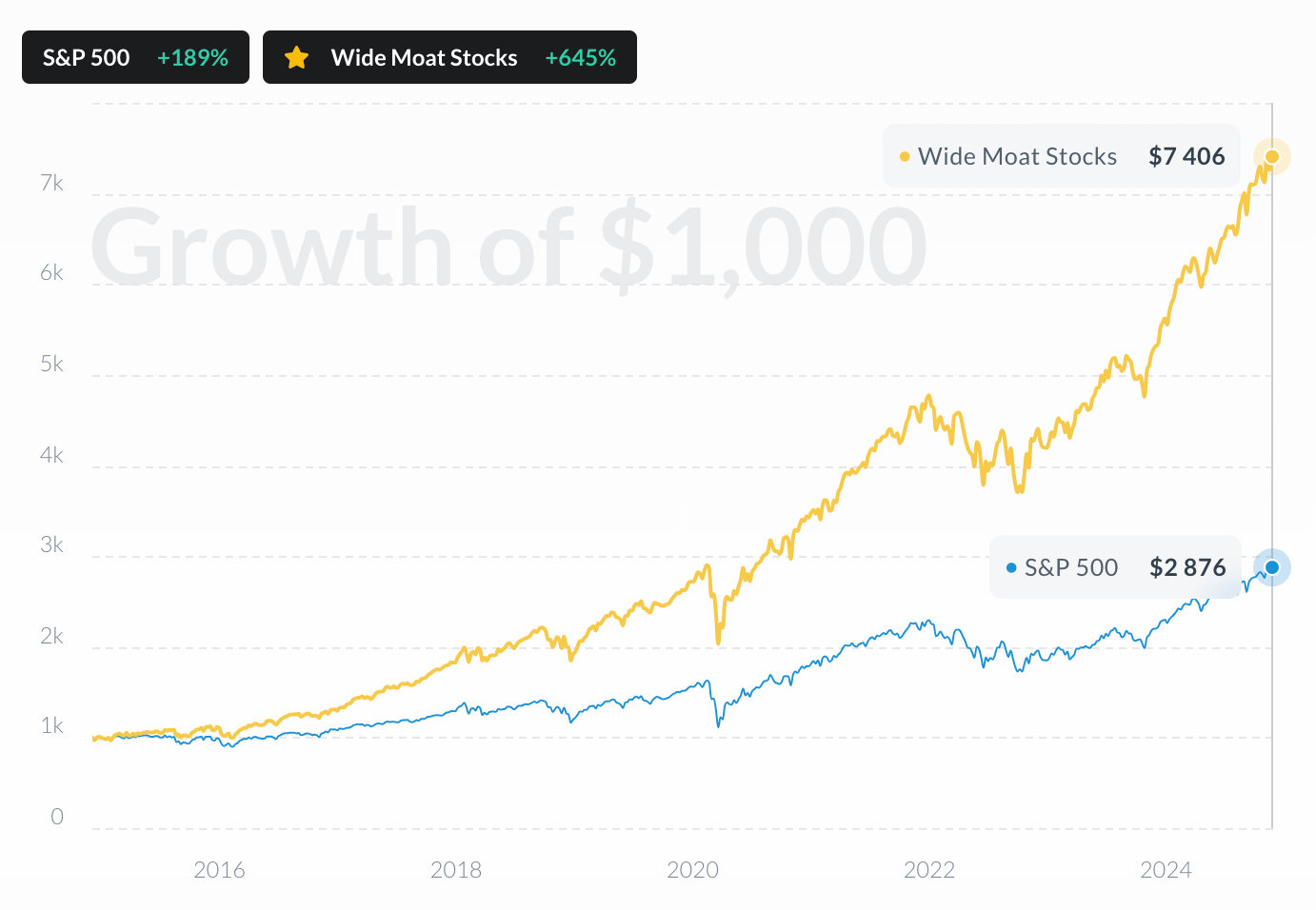 PCG
vs
PCG
vs
 S&P 500
S&P 500
 PCG
PCG
 S&P 500
S&P 500
Over the past 12 months, PCG has underperformed S&P 500, delivering a return of -21% compared to the S&P 500's +14% growth.
Stocks Performance
PCG vs S&P 500

Performance Gap
PCG vs S&P 500

Performance By Year
PCG vs S&P 500

Compare the stock's returns with its benchmark index and competitors. Gain insights into its relative performance over time.
PG&E Corp
Glance View
PG&E Corporation, short for Pacific Gas and Electric Company, is an integral part of California's energy landscape, navigating both opportunities and challenges with a storied history that traces back to 1905. Operating out of San Francisco, this utility company plays a crucial role in delivering electricity and natural gas to millions of customers spread across Northern and Central California. It achieves this through an extensive network of power plants, substations, and an intricate system of transmission lines and pipelines. The company's core business model is built on regulated utility operations, which ensures steady revenue streams through service bills from customers who rely on PG&E for their day-to-day energy needs. Making money for PG&E involves a complex dance between operational efficiency and regulatory compliance. Revenue generation primarily stems from the rates sanctioned by regulatory bodies like the California Public Utilities Commission, which approves the costs that PG&E can pass on to its customers, covering infrastructure investments, maintenance, and service expansion. The company's financial performance is heavily tethered to its ability to maintain, upgrade, and secure its vast infrastructure while navigating regulatory and environmental challenges. Despite its essential role, PG&E has faced significant hurdles, including financial struggles stemming from legal liabilities related to wildfire incidents. Yet, through these challenges, the company continues to adapt, striving to fulfill its commitment to providing reliable, sustainable energy solutions while securing economic viability.





































